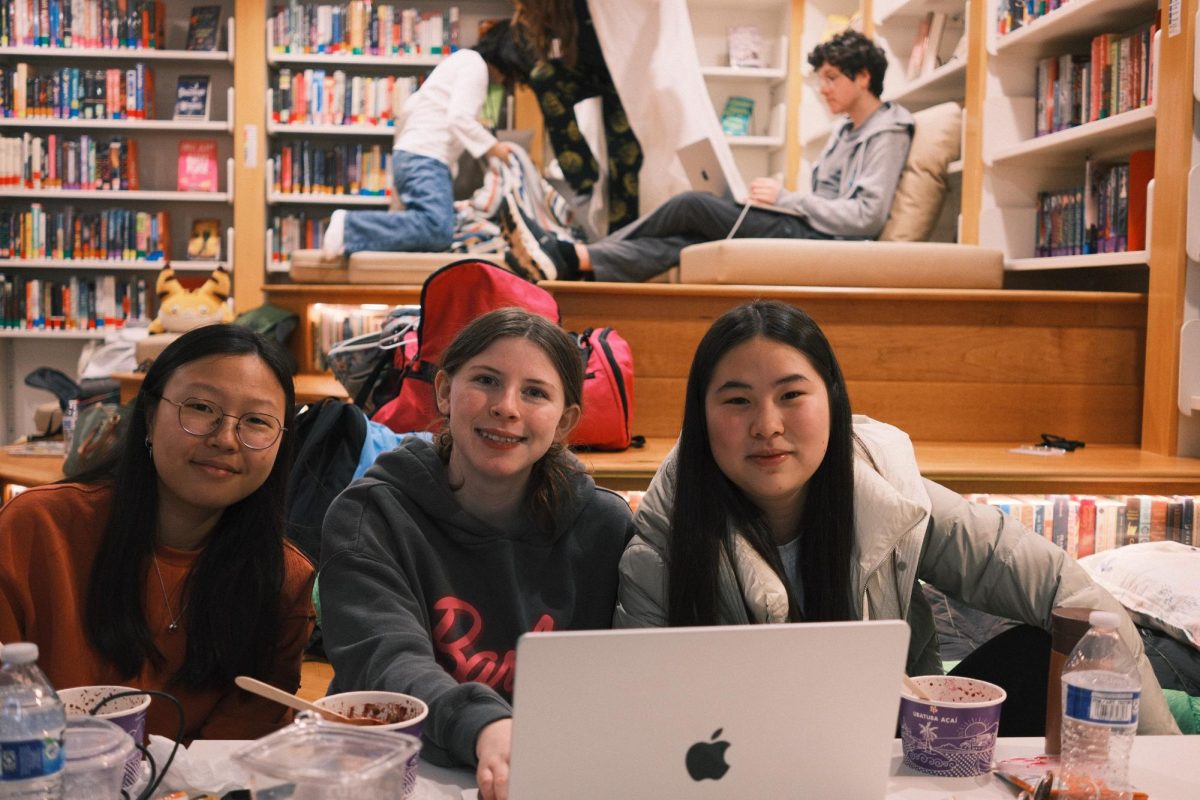Environmental club hosts hydroponics event
April 20, 2023
The Environmental Club invited students to learn about the hydroponic towers in front of Munger Science Center on April 18. Students could try food grown from the hydroponic towers and start growing seedlings for the towers.
Hydroponic towers allow plants to grow upward while taking up less space than plants grown in the ground. The towers use Rockwool, a synthetic biodegradable fiber, instead of traditional soil to support the plants. Water and nutrients are pumped to the top of the towers and onto the plants’ roots. The system generates faster growing, pest free and more flavorful produce, according to Environmental Club member Elizabeth Johnstone ’24.
Students planted their own seeds in Rockwool and could bring back the grown seedlings in two weeks to be planted in the hydroponic towers. Attendee Emily Ahn ’25 said she enjoyed learning about the towers and preparing her seedlings.
“I thought it was a lot of fun to find a new way to grow plants and vegetables,” Ahn said. “I liked planting my seeds in the Rockwool and am excited to see them sprout.”
Johnstone said she liked seeing her peers planting seeds in Rockwool and getting involved with the hydroponic towers.
“There were a lot of people learning about hydroponics which is awesome,” Johnstone said. “Some people also took home Rockwool trays to grow their own [seedlings] so I think the event was a huge success.”
Johnstone said she enjoys eating the food produced from the hydroponic towers.
“Even though most times we buy it from stores and it’s shipped from hundreds of miles away, it’s nice to eat something that you’ve grown,” Johnstone said.
Environmental Science teacher Nadine Eisenkolb said the event helped inform students about how their food is grown.
“I often have conversations with people and they don’t know what food looks like,” Eisenkolb said. “For people to not know what their food looks like, other than when they see it in the grocery store, that shows a certain removedness from the environment. [Hydroponic towers] help to show people what food looks like and what it looks like when we grow it. I think it’s essential and important for people to reestablish a connection with feeding themselves.”




























